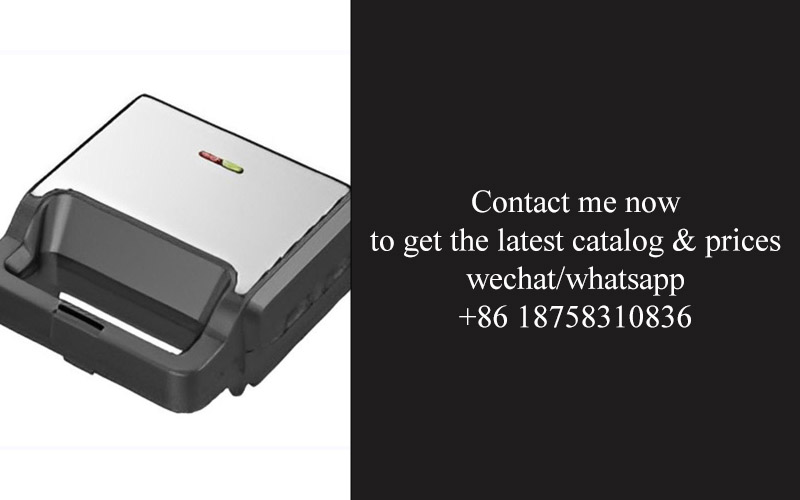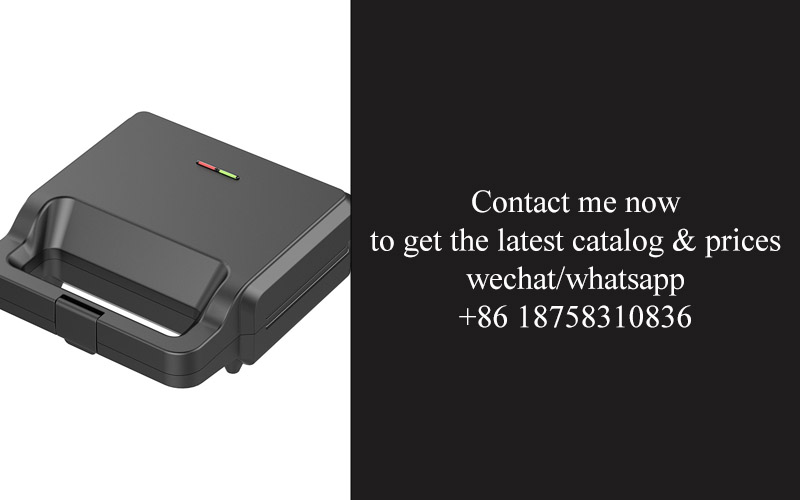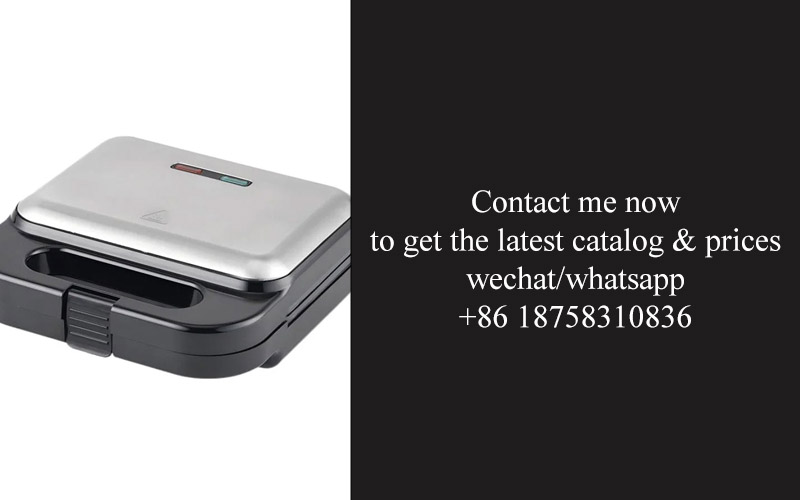Address
304 North Cardinal
St. Dorchester Center, MA 02124
Work Hours
Monday to Friday: 7AM - 7PM
Weekend: 10AM - 5PM
Address
304 North Cardinal
St. Dorchester Center, MA 02124
Work Hours
Monday to Friday: 7AM - 7PM
Weekend: 10AM - 5PM

In the vast tapestry of everyday conveniences, the humble sandwich bag often goes unnoticed. Yet, this unassuming invention has quietly woven its way into the fabric of our daily lives, transforming the way we pack and preserve food. Join us as we delve into the story of the sandwich bag and the remarkable legacy of the little innovation that has made life a little easier for countless people around the globe.
The birth of sandwich bags marked a significant moment in the evolution of convenience. These small, versatile containers revolutionized how we store and transport food, keeping it fresh and tidy.
Initially, the concept of a sandwich bag was quite simple. It started as a straightforward, plastic pouch designed to hold sandwiches, hence the name. However, its impact was far-reaching.
As the years passed, the sandwich bag expanded its utility. It became a staple in households and businesses alike, offering a practical solution for packing snacks, leftovers, and even small items.
The invention of sandwich bags also had a profound effect on the environment. These bags helped reduce food waste by providing a durable and reusable alternative to traditional wrapping methods.
Today, sandwich bags come in various sizes, shapes, and materials, from the classic plastic variety to eco-friendly biodegradable options. Their evolution is a testament to human ingenuity and the constant pursuit of convenience.

The story of the sandwich bag’s creator is as intriguing as the invention itself. It all began with a man named Robert Gair, who had a knack for transforming everyday objects.
Gair was a printer by trade, but his curiosity led him to explore other areas of the paper industry. One day, while printing envelopes, he noticed that the paper wasn’t folding neatly. This led him to invent a machine that could cut and crease paper simultaneously.
The accidental invention of the machine that could fold and seal paper led Gair to think about its potential uses. He soon realized that this process could be adapted to create a convenient way to package sandwiches.
In 1902, Gair’s vision became a reality when he patented the first automatic paper bag machine. The timing was perfect, as the popularity of the sandwich was on the rise, and people were looking for an easier way to carry their meals.
Gair’s creation wasn’t just for sandwiches; it quickly became a hit for a variety of packaged goods, from cookies to cakes. His innovation changed the way we thought about packaging, making it easier and more efficient.
The story of Robert Gair and the sandwich bag is a classic example of how a simple observation can lead to a groundbreaking invention that reshapes daily life.

The innovator behind the sandwich bag, Robert Gair, was a man of many talents and ideas. He was a printer by profession, but his mind was always looking for new ways to improve everyday objects.
Gair’s curiosity led him to experiment with paper, a material he worked with daily. It was during these experiments that he stumbled upon the idea of creating a machine that could cut and crease paper in one smooth motion.
This accidental discovery was the birth of the automatic paper bag machine, a device that would revolutionize packaging. Gair’s innovative thinking didn’t stop there; he saw the potential for this machine to create a new type of container.
The concept of a sandwich bag was born from Gair’s vision to create a practical solution for carrying food. He understood that convenience was key, and his invention aimed to make life a little easier for those on the go.
Gair’s dedication to his work and his ability to see beyond the traditional uses of paper were what set him apart as an innovator. His invention wasn’t just a bag; it was a symbol of the potential for creativity in everyday life.

The journey of the sandwich bag from concept to everyday use is a story of practicality and adaptation. Initially, it was a simple idea—a disposable pouch for sandwiches.
As the years went by, the sandwich bag evolved. It transitioned from a niche product to a staple in kitchens around the world. Its versatility grew as it became the go-to for packaging not just sandwiches, but a wide array of snacks and leftovers.
With advancements in plastic technology, the sandwich bag became more durable and resistant to leaks, making it an even more reliable choice for food storage. It was this reliability that solidified its place in daily life.
Today, sandwich bags are ubiquitous. They come in various sizes, materials, and even designs, catering to the diverse needs of consumers. The bag that once started as a humble container for sandwiches has become an integral part of our daily routines.

A seemingly simple invention, the sandwich bag, has had a profound impact on our lives. It’s the convenience it offers that makes it a game-changer.
Carrying food has never been easier. With sandwich bags, we can stash snacks in our bags or briefcases, ensuring we’re never without a meal or a healthy snack.
The bag’s portability is just one of its many benefits. It helps keep food fresh, extending its shelf life and reducing waste. It’s a small step for a bag, but a giant leap for reducing food spoilage.
Moreover, sandwich bags have become a symbol of cleanliness and hygiene. They allow us to eat on the go without the risk of mess or contamination, making them perfect for school lunches and office meals.
In a broader sense, the sandwich bag represents the spirit of innovation and efficiency. It’s a testament to how a small, often overlooked item can make a big difference in our everyday lives.

Sandwich bags might be a staple in our lives, but did you know…
They were originally used for packaging cookies, not sandwiches, before becoming the go-to for lunchtime meals.
The first sandwich bags were made from waxed paper, a far cry from the durable plastic we use today.
The term “sandwich bag” wasn’t coined until the 1950s, even though the bags had been around for decades.
Sandwich bags have saved billions of pounds of food from being wasted by extending their shelf life.
In some parts of the world, sandwich bags are known as “ziplock bags” due to their resealable feature.

The sandwich bag, a seemingly small innovation, has left an indelible mark on our lives. It’s a symbol of the power of simplicity.
It’s hard to imagine a time without sandwich bags, but they’ve only been a part of our daily routine for a century. Yet, in that short span, they’ve become an indispensable part of our lives.
The convenience they bring is undeniable. They’ve transformed how we store and transport food, making our lives a little bit easier every day.
Their versatility is another testament to their legacy. From picnics to office desks, they’ve become a universal solution for keeping our food fresh and organized.
In a world where every little innovation counts, the sandwich bag stands out as a shining example of how a simple idea can make a big difference. It’s a celebration of the small changes that add up to a more convenient life.